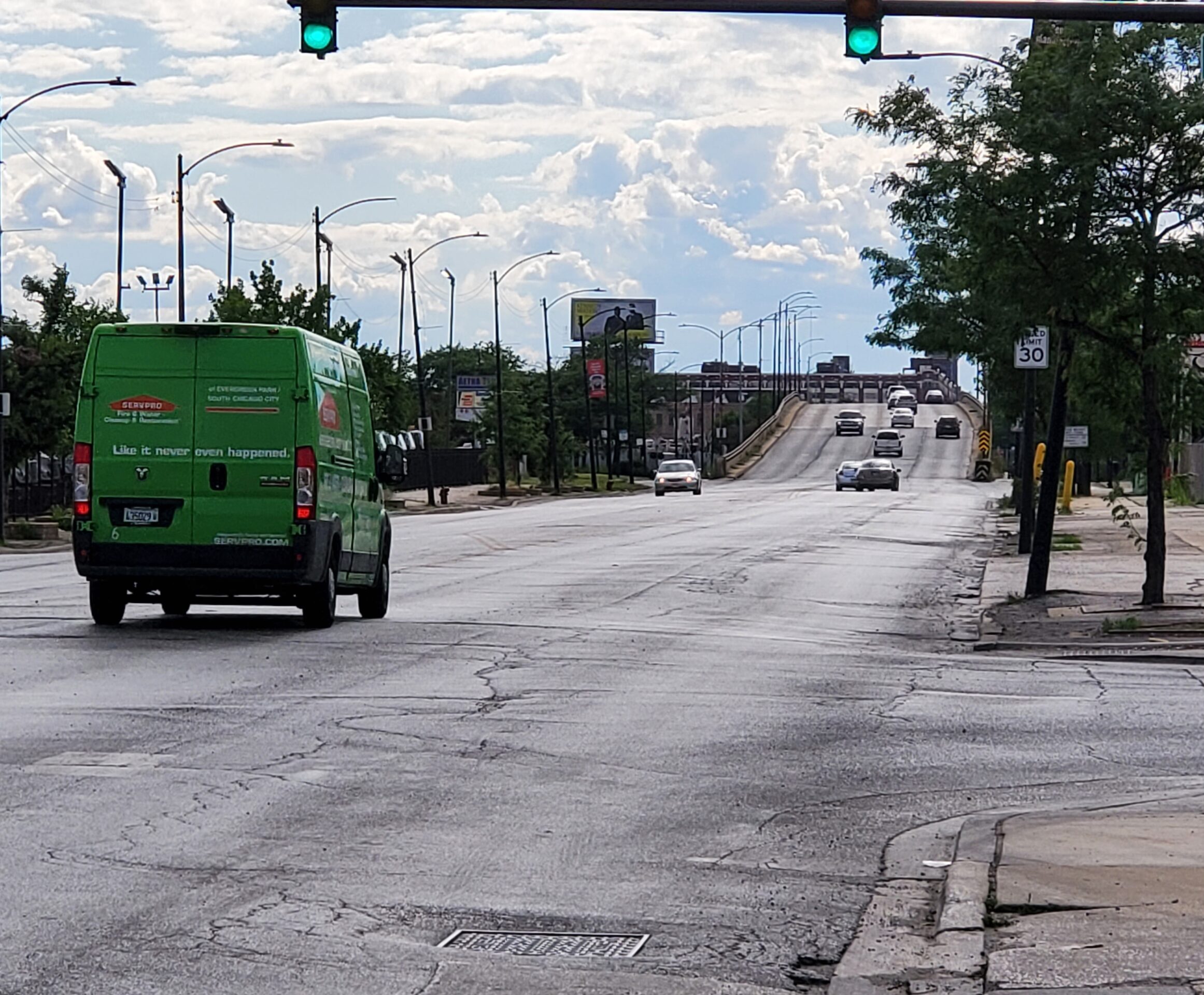
Outdated federal regulations are making our streets less safe.
The United States faces a severe—and worsening—traffic safety crisis on our roadways. In 2021, nearly 43,000 people died in motor vehicle crashes in the U.S., the highest number of fatalities since 2005 and significantly higher rate than Canada and Europe. The toll of this crisis is not shared equally; Black people were struck and killed by drivers at an 82% higher rate than White, non-Hispanic Americans.
Experience across the world makes clear: better street design is one of the most critical components of a Safe System Approach to reducing traffic deaths. Unfortunately, federal policies and regulations prevent cities, states and other entities from designing streets that save lives. This is especially true on streets classified as highways.
What is a highway, anyway?
In the U.S., “highways” are often thought of as high-speed, limited-access roads designed for motor vehicle travel only. But 70% of the roadways in the country’s National Highway System and Federal-Aid Highway System are seemingly normal urban streets where millions of people live, walk, roll, ride bikes, take transit, push strollers, and go to work or school.
In many cities, these places are the main streets of a community—but outdated federal regulations force planners and engineers to build them to prioritize fast-moving vehicles, instead of designing safe streets that work for everyone.
What can the federal government do?
By overhauling regulations that make safe streets difficult or impossible to build, the U.S. can rapidly save lives across the country. There are several specific policy and regulatory changes the U.S. Department of Transportation can make today.
NACTO urges USDOT to:
- Incorporate the use of street design guidance that prioritizes people—and safety, including NACTO’s design guides as well as FHWA’s own bikeway and multimodal networks guidance.
- Standardize complete street procedures in all urban and metropolitan projects, ensuring ensure pedestrians’ and cyclists’ needs are incorporated into every street design.
- Prevent federal funds from being used to increasing motor vehicle capacity, which results in higher vehicle speeds and more deaths and serious injuries.
- Set clear process and time limits on state review of city projects that use federal funds to ensure scoping, review, and permitting processes don’t result in multimodal and safety projects that languish or are watered-down.
Read NACTO’s complete list of recommendations.